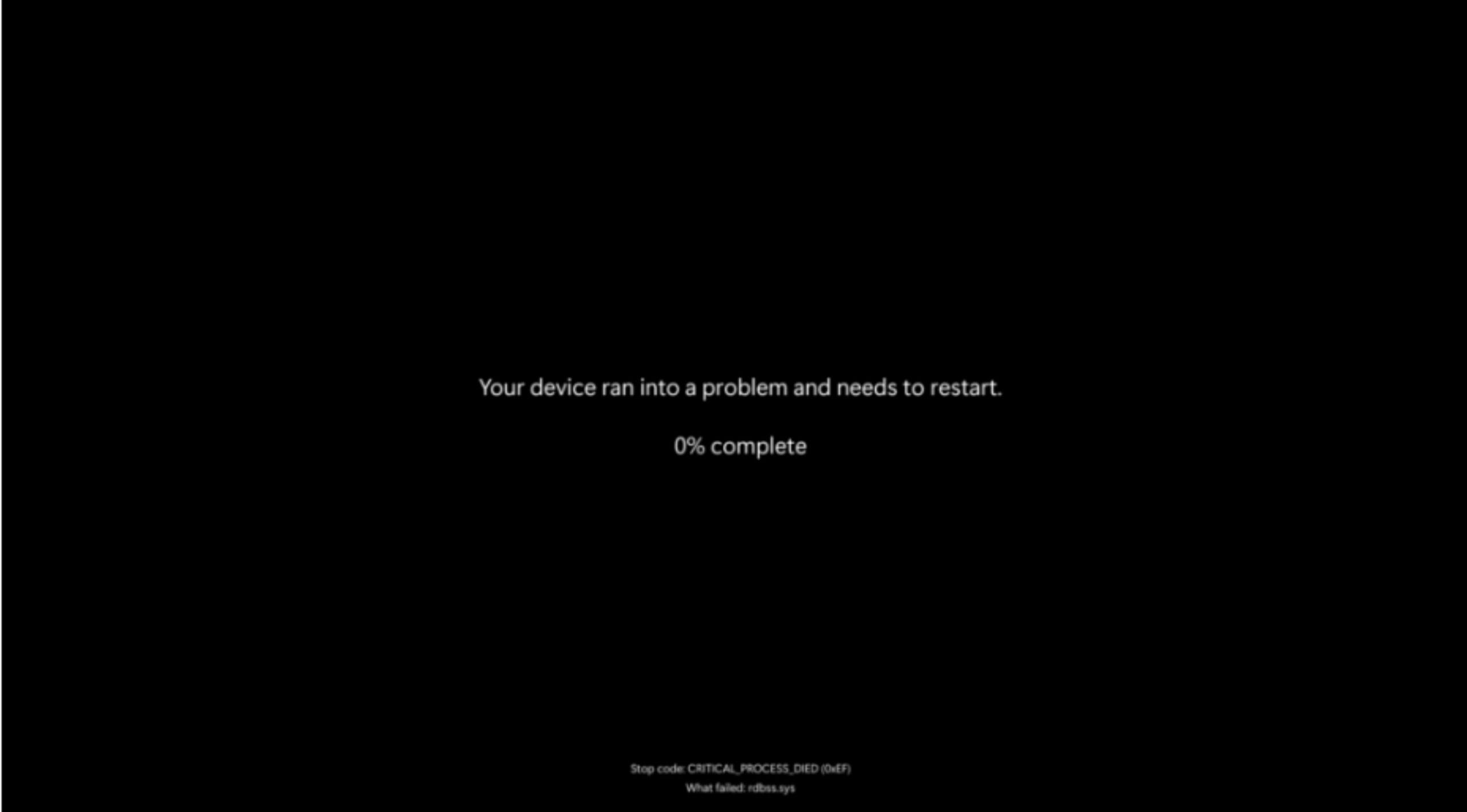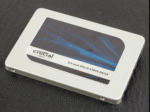Microsoft is retiring its infamous Blue Screen of Death (BSOD) after almost four decades of striking fear into Windows users worldwide. The company announced that the familiar blue error screen will be replaced by a sleeker Black Screen of Death in the coming months.
The change comes as part of Microsoft’s broader Resiliency Initiative, which was launched in response to last year’s CrowdStrike outage that left over 8 million devices displaying the dreaded blue screen.
“This is really an attempt on clarity and providing better information,” explained David Weston, Microsoft’s Vice President of Enterprise and OS Security. “It allows us and customers to really get to what the core of the issue is so we can fix it faster.”
The new black screen will be simpler than its blue predecessor. Gone are the sad-face emoji and QR code that appeared in recent versions. However, the screen will still display essential troubleshooting information, including the stop code and the name of the faulty system driver that caused the crash.
For everyday users, this means less panic when things go wrong and clearer information about what happened. The new design also matches the black screen that appears during updates, creating a more consistent look across the operating system.
Similar Posts
Alongside this visual change, Microsoft is introducing a new feature called Quick Machine Recovery (QMR). When a computer crashes and can’t start properly, QMR will automatically connect to Microsoft’s cloud services and download fixes without requiring manual intervention from users or IT staff.
This automated recovery system is especially valuable for businesses, where system crashes can lead to costly downtime. QMR will be enabled by default for Windows 11 Home users, while Windows 11 Pro and Enterprise users will have more control over its settings.
The Blue Screen of Death has been a fixture of Windows since the early 1990s. The original version appeared in Windows NT in 1993 when the “system is unrecoverably dead,” according to Microsoft employee Raymond Chen. Over the years, it evolved to include more user-friendly features, like the sad face added in Windows 8 and QR codes in Windows 10.
Despite causing frustration for millions of users, the blue screen has gained a certain cultural status over the decades. “I like the Blue Screen of Death. To me, it means a lot. It’s calming because it’s blue,” said Jake Moore, a cybersecurity adviser for ESET. “But when it triggered millions of blue screens around the world [during the CrowdStrike incident], I could see that may have created a time for change.”
The new Black Screen of Death will roll out “later this summer” to all devices running Windows 11 version 24H2. Microsoft promises that the updated screen will reduce restart times to “about two seconds for most users,” getting people back to work faster when problems occur.







